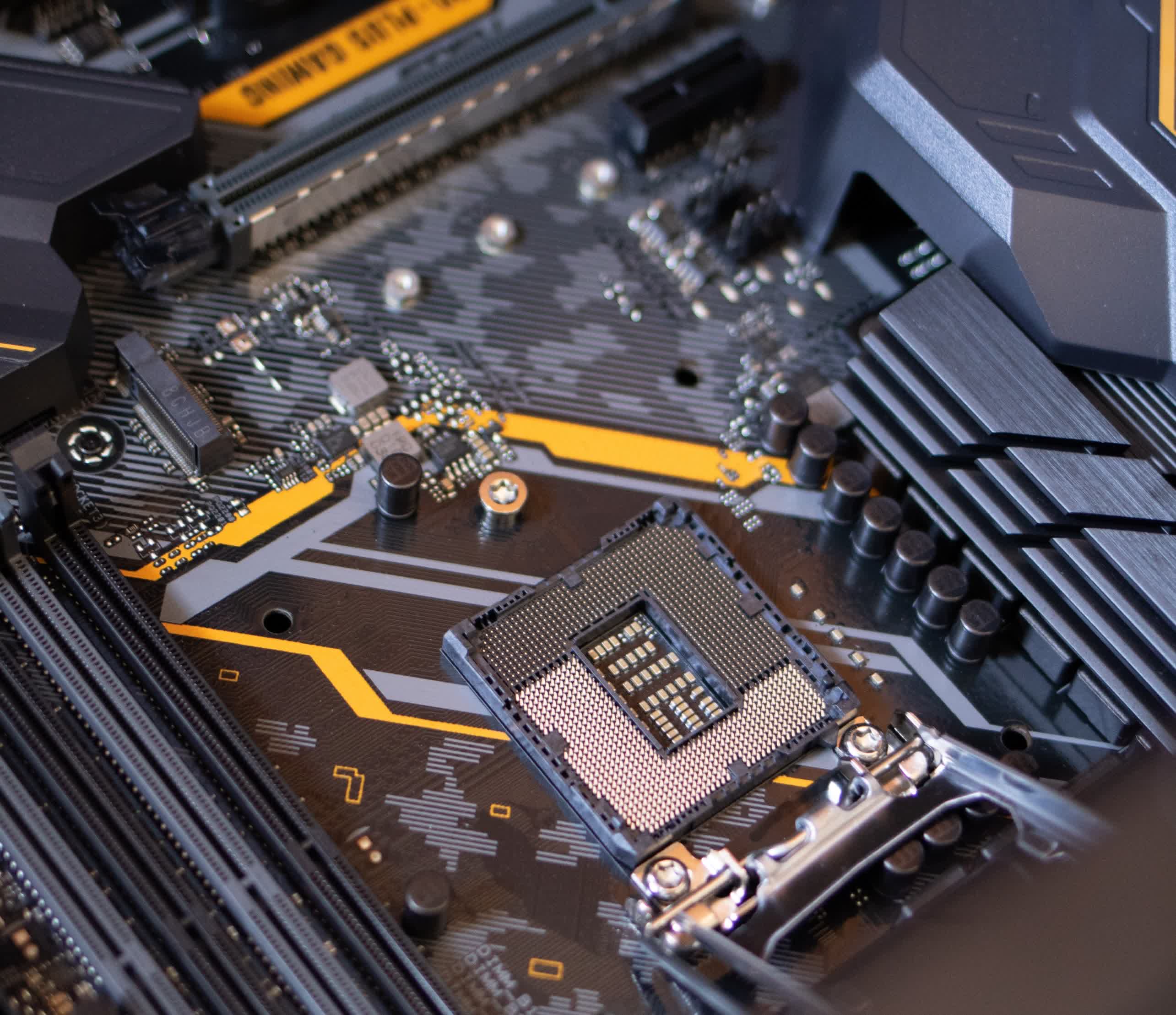Building your own gaming PC is once again an option, even if your budget is small, after over a year of inflated graphics card prices. If you read our CPU reviews, which compare current processors using high-quality motherboards, memory and PSUs, you may come to the conclusion that only the graphics card matters when playing at appropriate resolutions, and that the best-value gaming PC is one that includes the cheapest modern options in all other categories.
This couldn't be much farther from the truth. While the graphics card is the most important component for gaming performance, skimping on parts like the motherboard, storage, PSU, and even the case can lead to an inconsistent and unpleasant experience. In this article we'll cover 7 types of parts you should avoid when building or buying a budget PC.
Dual-core CPUs
With current architectures supporting up to 24 or 32 threads, processors that only offer 2 or 4 of those are far behind even mainstream offerings with 8 or 12 threads. Modern games aren't built with them in mind, and we don't even bother to include them in performance comparisons of our reviews.
Many new games won't run on Intel's Celeron G6900, and parts like the AMD Athlon 3000G and Intel Pentium G7400 will also offer very inconsistent performance, with 1% low FPS being about half of the average FPS, indicating stutters that last for a large portion of a second.
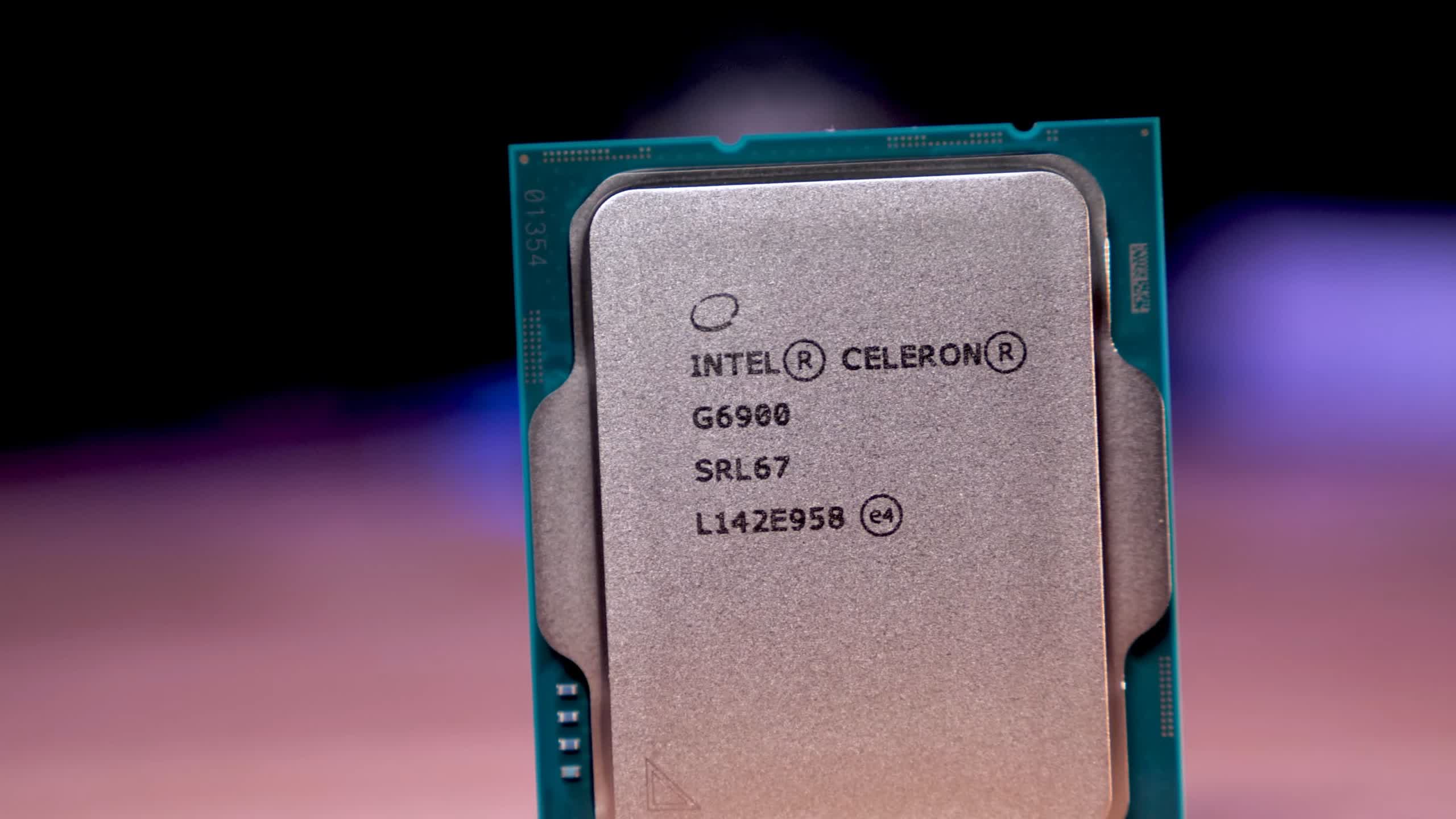
Currently, the cheapest way to get consistent performance in modern games is the 8-thread Core i3-10100F or i3-10105F. If you can't go as high as that, you should reconsider your budget, perhaps going with a second-hand graphics card, or the Ryzen 5 5600G that comes built-in with a strong graphics unit instead of a separate card. On the other hand, if you can spend a bit more, the newer Core i3-12100F (and a matching motherboard) will be a worthwhile investment.
Single-channel RAM
In the DDR4/DDR5 era, memory speed matters. When using a single stick of memory with a CPU that has a dual-channel memory controller, you cut the memory speed in half. It may not always be your system's bottleneck, but sometimes it will be, especially if you rely on the CPU's integrated graphics instead of a graphics card with its own VRAM.
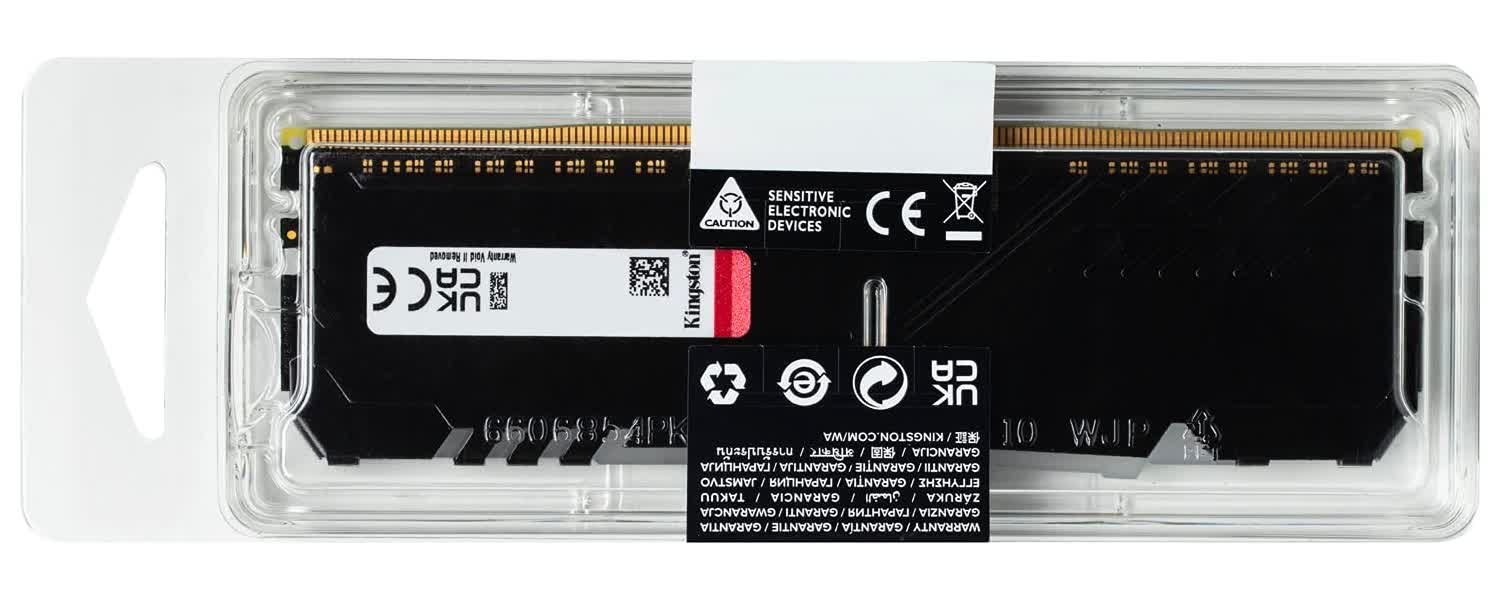
With memory sticks starting at 4GB, our advice also rules out getting anything less than 8GB of RAM, which is the bare minimum for older games or multi-tabbed web browsing. Even for these tasks, and especially for newer games, we strongly recommend at least a 2 x 8GB kit. Single memory sticks aren't much cheaper than dual-stick kits with the same total capacity, and the only reason to get one is if you already have an identical one.
Slow Storage
Hard disk drives still offer several times as much storage space per dollar as SSDs, but if you factor in speed, modern SSDs actually offer a good value these days. Yet, you may decide that you don't care about load times at all and just want to store all of your games and data for as cheap as possible. Will a hard drive serve you well in that case? We wouldn't count on it.
With the PlayStation 5 and Xbox Series X/S using an SSD by default, game developers may not consider the possibility of an HDD hosting the game's files (anymore), and develop games that require the loading of many small files simultaneously, a task that spinning disks are naturally bad at, during gameplay.
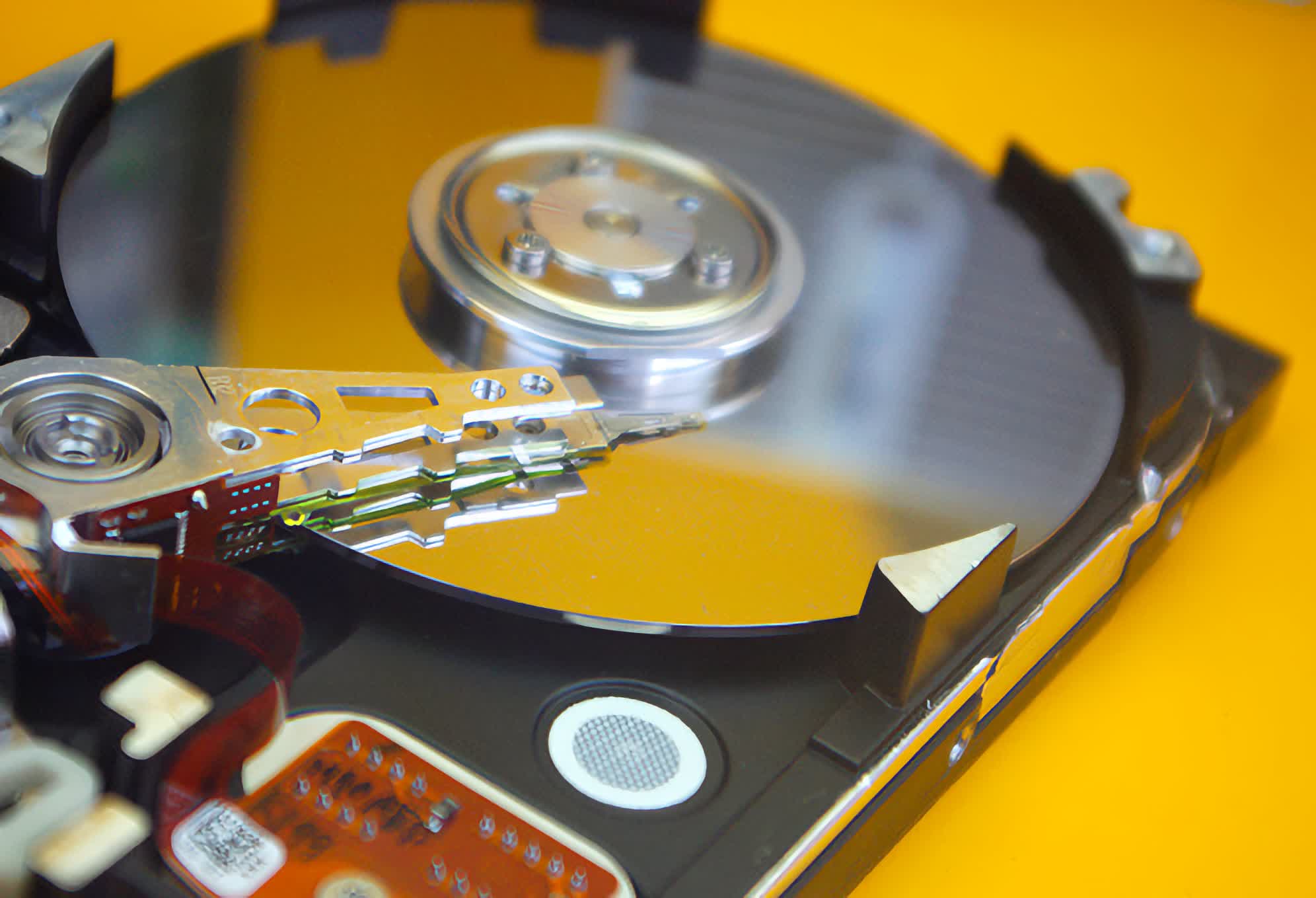
If you choose a hard drive for its capacity, you should at the very least add a cheap SSD such as the Kingston A400 (240GB) that will set you back a mere $28. This SSD doesn't have its own DRAM, so game load times may become a few seconds longer as you fill it, and in large file transfers it may not be better than an HDD, but during gameplay, it will work as intended.
If you can get by with 500GB, the Crucial MX500 is a great option with admirably consistent performance ($57). If you can stretch your budget a bit, the 1TB Samsung 970 Evo Plus currently offers the best value.
"Balding" Motherboards
If the compact and affordable Micro-ATX motherboard you chose seems to have a significant amount of free space on it, it's usually because it's missing useful features.
If your board only has two RAM slots and you (rightly) bought a dual-stick kit, you won't be able to add another pair of sticks in the future. If the board doesn't have a heatsink on the VRM (voltage regulator modules) near the CPU socket, then its thermal performance is probably poor and will greatly limit your CPU upgrade options.
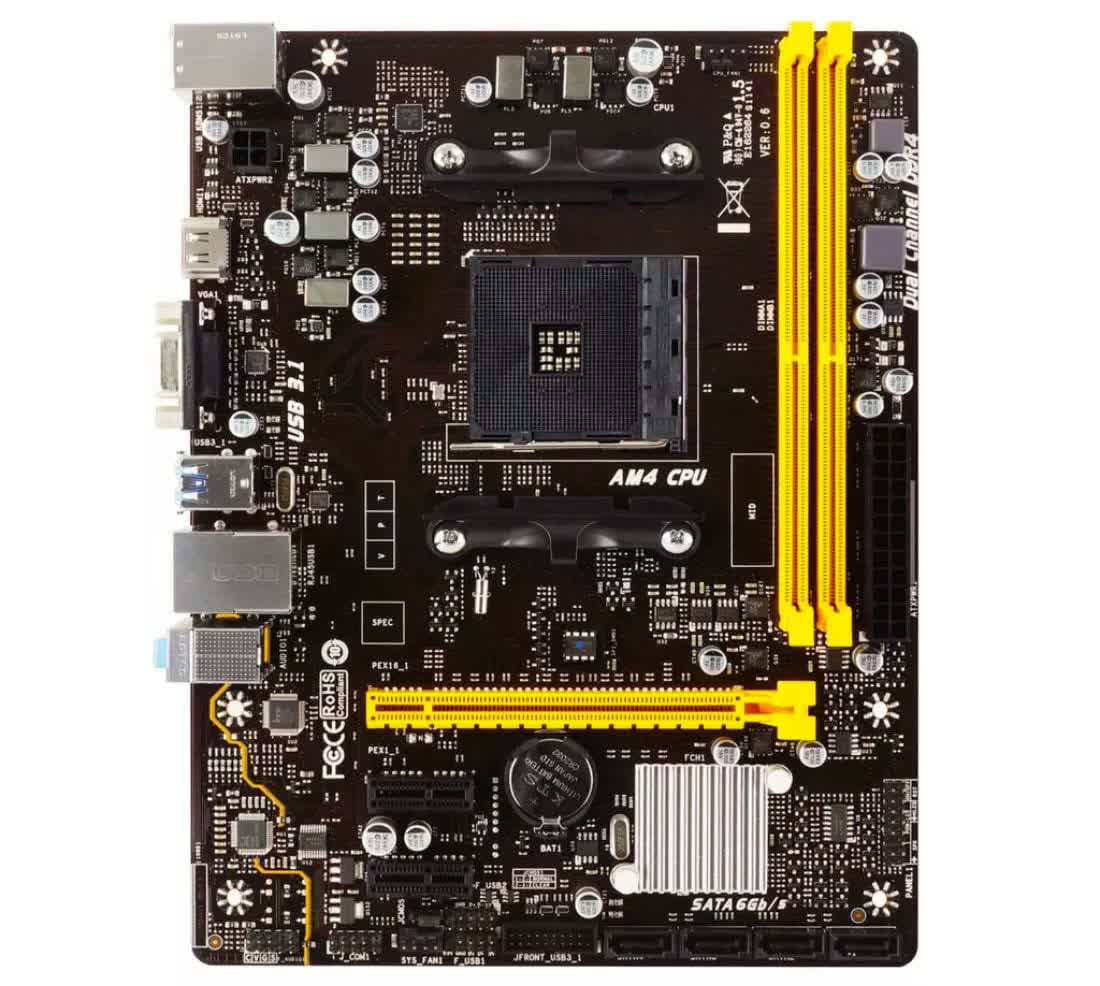
Two other features often missing from cheap boards are PCIe 4.0 and a second (or any) M.2 slot, so if you add another drive in the future, it will need to be a SATA one, and transferring files between the drives will be several times slower than it would be between two PCIe drives.
If you choose a power-efficient CPU and want the cheapest motherboard with decent upgrade options, you should look at the Gigabyte DS3H AC series: B450M for AMD Ryzen 5 offerings, B560M for Intel Core i3-10100/10105, and B660M for the Core i3-12100F, unless MSI's better-performing Pro B660-A is close to it in price.
User-unfriendly Cases
When trying to maximize "performance per dollar," the case tends to be an afterthought, even though some great cases only cost a few tens of dollars more than the cheapest ones.
A key problem in virtually all cheap cases is the quality of the materials: the metal is thin and will audibly vibrate to the rhythm of the system's fans or hard drives, side windows are made of acrylic rather than tempered glass, and dust filters, if they even exist, may not even have a plastic frame to keep them from bending.
Replacing a case that got bent or broken is not only a lot of work, but also not cheaper in the long term than buying a more durable case in the first place.
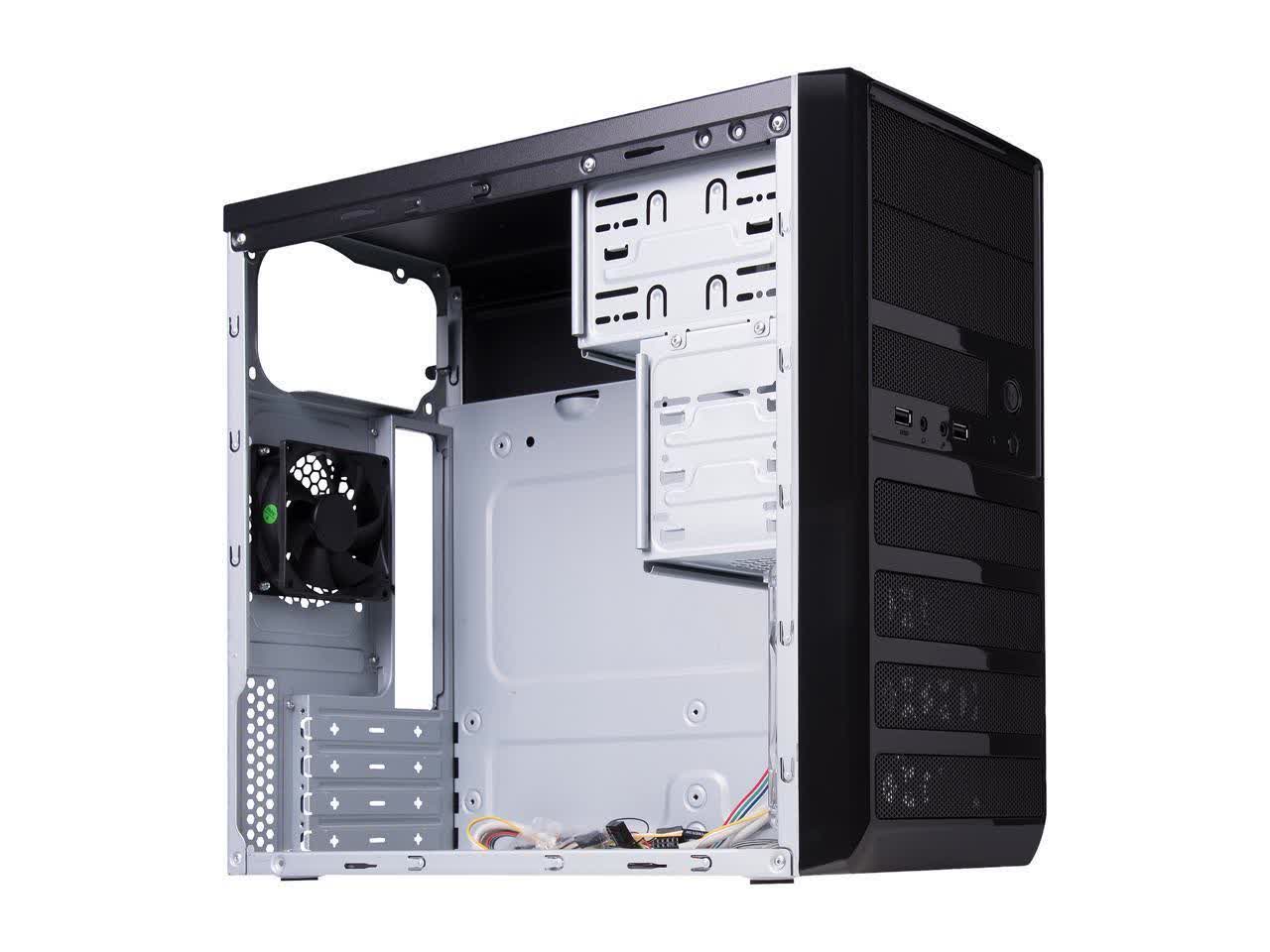
Another problem with the cheapest models is that some of them are about a decade old. Despite including positive qualities that are rare in today's cases, such as 5.25" bays (which are more useful than you may think), they will make you question why people say it's so easy to build a PC.
With no dedicated space for cable routing, cables will either make you waste one or more of your drive bays, block the system's front fan, or simply get in the way every time you open the case for cleaning or replacing parts. The motherboard tray may be completely solid, so good luck replacing a CPU cooler with a back-plate without disassembling everything. The expansion slot covers often need to be broken out rather than screwed out if you want to install any internal card.
In addition, a top-mounted PSU just above the CPU is a relic from the era when CPUs didn't even need active cooling. In such cases, the PSU will either compete for air with the system's rear fan, or simply draw all of the air that was heated by the CPU. Some cheap cases don't even have USB 3.0 in the front!
If you can't spend more than $50 on a case, the Cooler Master N200 is currently a good option. If you can spend a bit more, the NZXT H510 Flow will be worth the upgrade.
PSUs with Many "Watts Per Dollar"
Imagine this scenario: you've ordered parts that should consume about 300W and are looking for the cheapest PSU that will get the job done. You see a 480W PSU for $17 and immediately order it, thinking it's a steal. When your parts arrive, you wonder where the PSU's graphics card connector is.
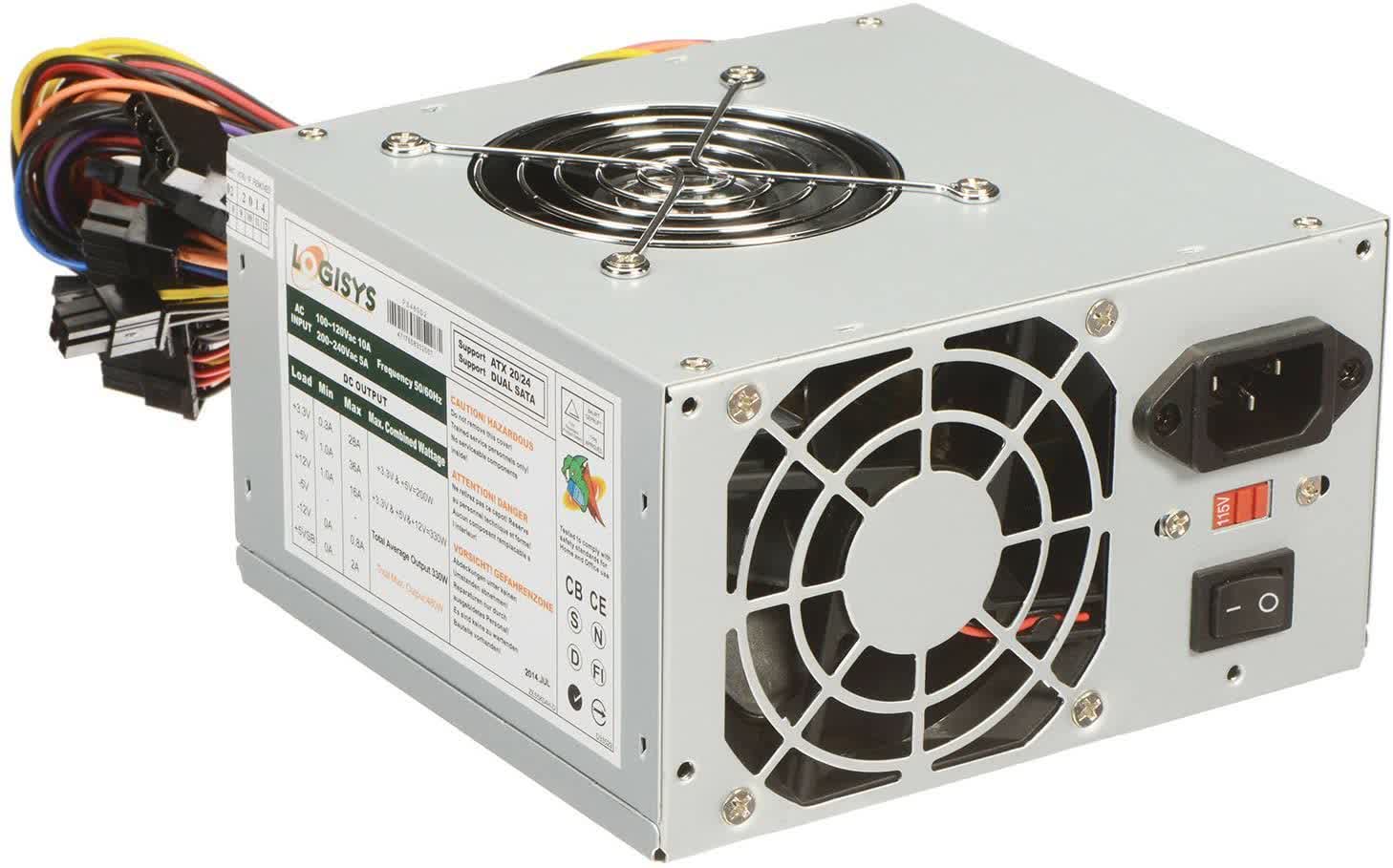
It turns out it doesn't have any, and for a good reason: on "average," the PSU can only output 330W, of which only 130W through the +12V rail, which connects to the system's most powerful components. With no 80+ efficiency rating, who knows how many watts it needs to draw from the wall just to output these poor numbers. The cables aren't braided, let alone detachable, and the fan is small.
As of writing, the 430W Thermaltake Smart is one of the cheapest PSUs that do what they're supposed to. If you want a more efficient (and quieter) component with modular cables, check out EVGA's 500 BQ.
The Wrong Graphics Card
If you're going to spend hundreds of dollars on a graphics card, you may want to do it right. In a sensible market, the cheapest graphics cards would be a good fit for the cheapest systems, but the graphics-card market has been anything but sensible in the past couple of years.
Currently, the two cheapest modern GPUs, namely AMD's Radeon RX 6400 and RX 6500 XT, only utilize four PCIe lanes rather than eight or 16, which noticeably hurts performance when used in a system with affordable PCIe 3.0 parts such as Intel's Core i3-10105F or AMD's B450 motherboards. If you have the money for a Core i3-12100F and a B660 motherboard, you might as well buy a Radeon RX 6600 instead.
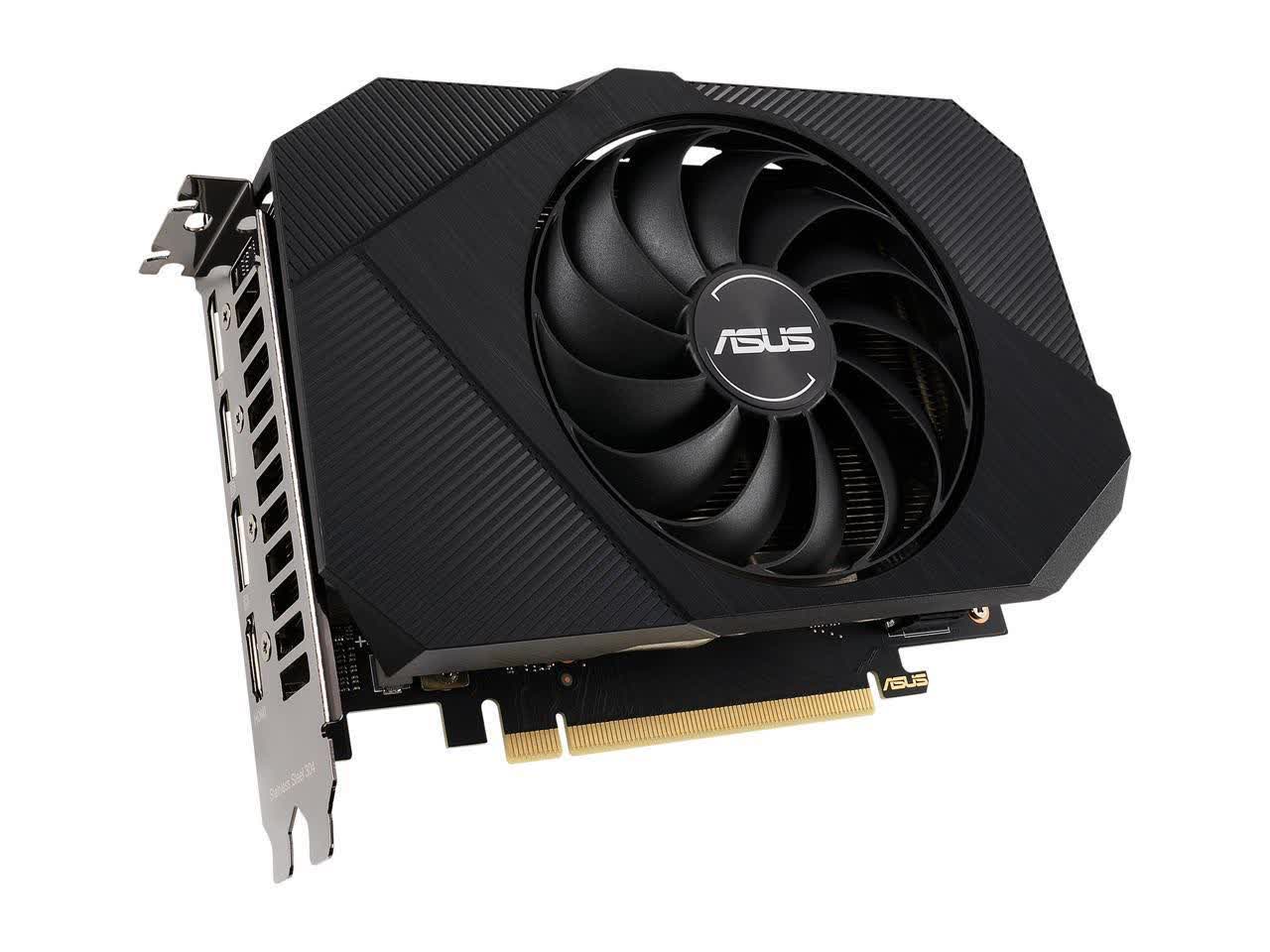
When you find a card with a GPU that's right for your system, you should notice the number of fans it uses. Single-fan cards are often the cheapest option for a particular GPU, and the only option for extremely small cases, but that single fan will need to spin much faster than two of its kind to keep the same GPU cool. For very little money, you may be able to get a much quieter gaming system.
